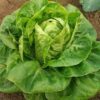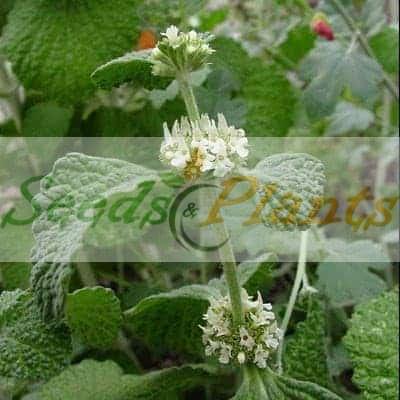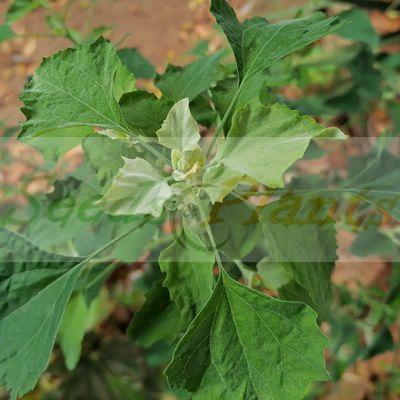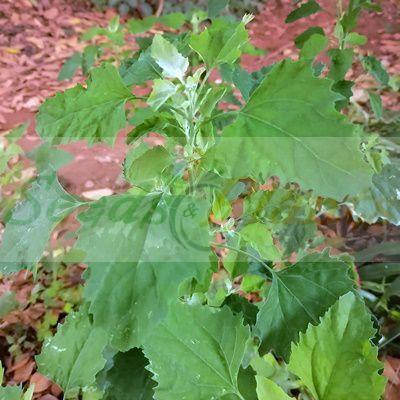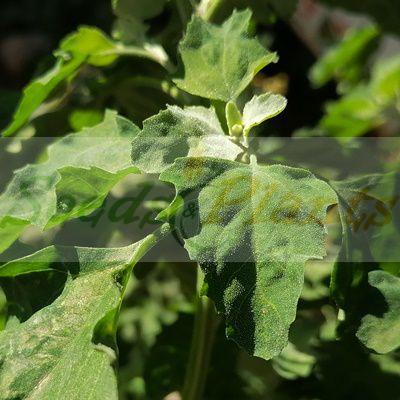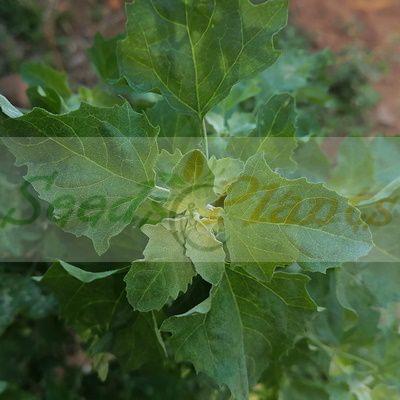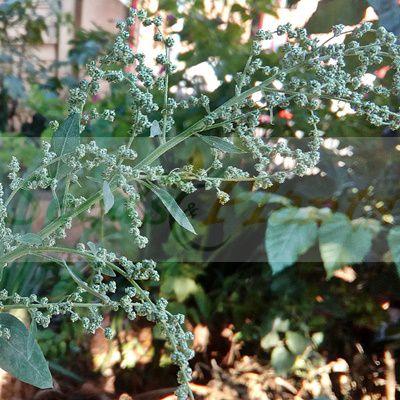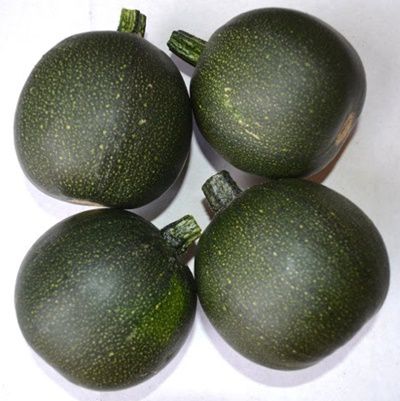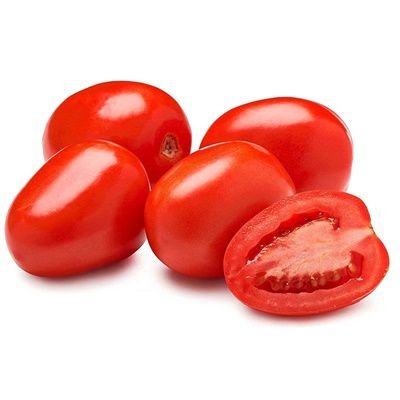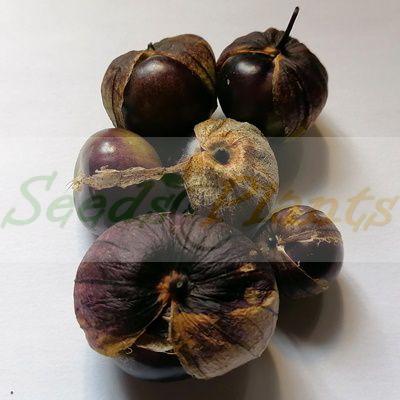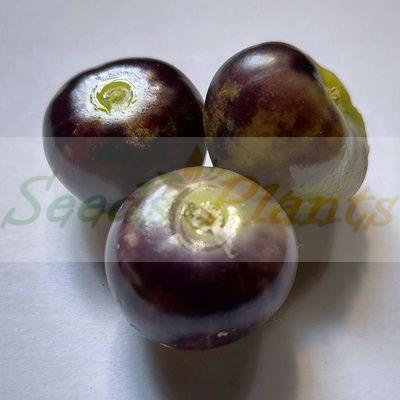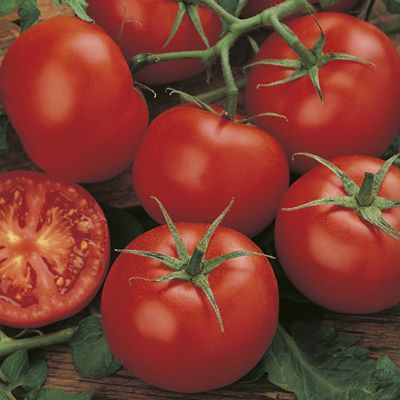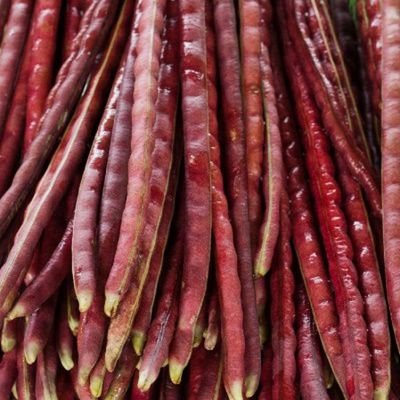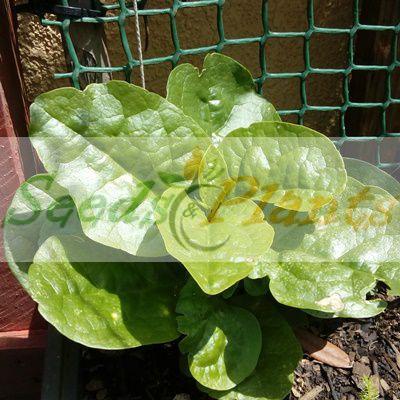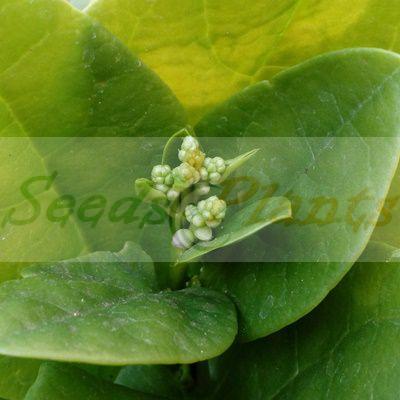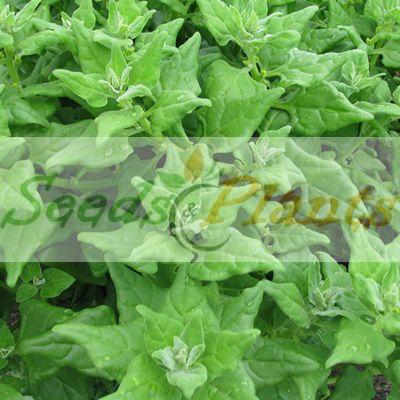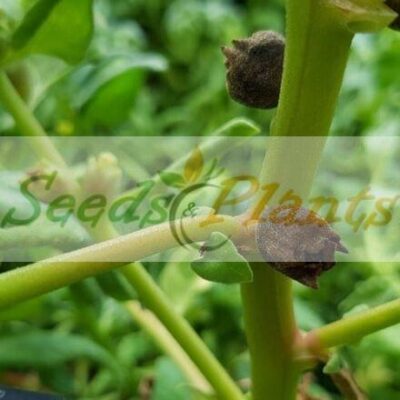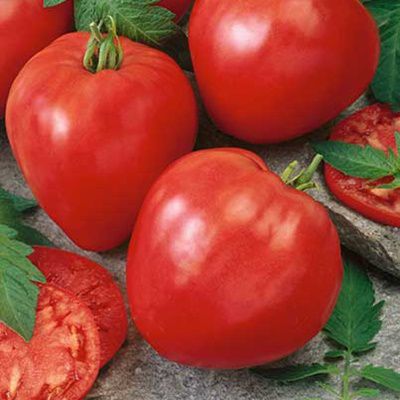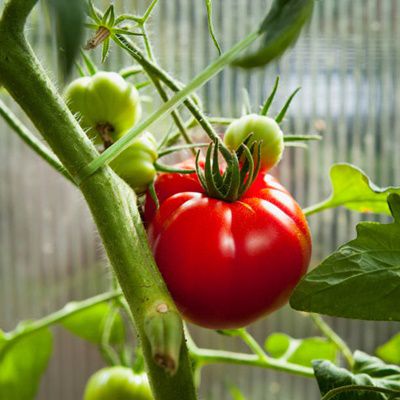🥕 Vegetable Quick Facts
Vegetable Info
- 🍽️ Culinary Use: Baking, Cooking, Pastries, Porridge, Salads, Soups and Stews, Stir-frying
- 🥗 Edible Part: Buds, Leaf, Seed, Sprigs
- 😋 Flavor Profile: Earthy, Nutty, Salty
Medicinal Info
- 🌿 Medicinal Part: Leaf, Root
- 🍵 Herbal Preparation: Infusion / Tea, Poultice
- ⚕️ Healing System: Ayurvedic System of Medicine, Siddha System of Medicine, Unani System of Medicine
Growth Traits
- 🌱 Life Cycle: Annual
- 🌾 Plant Type: Grain, Leafy Vegetable
- 🪴 Growth Habit: Tall Growing, Upright
Growing Requirements
- 🌞 Sun Exposure: Full Sun
- 💧 Water Needs: Avoid Overwatering, Moderate Water, Water Deeply
- ☀️ Growing Conditions: Drought Tolerant
- 🟤 Soil Preference: Clay, Loam, Poor Soil Tolerant, Rocky
Lambsquarters – Approx 200 Seeds
(Chenopodium album)
R30.00
Cultivated as a grain or vegetable crop, as well as animal feed in Asia and Africa. This plant is also extensively cultivated in Northern India as a food crop known as bathua and it also has medicinal uses.
Common Names: Common lambsquarters, white goosefoot, lamb’s quarters, melde, wild spinach and fat-hen.
Seed Type: Organic – Harvested from our own plants.
Indoor Sowing: Not Recommended.
Direct Sowing: Spring and Summer.
Out of Stock
Email me when the product is back in stock.
🥕 Vegetable Quick Facts
Vegetable Info
- 🍽️ Culinary Use: Baking, Cooking, Pastries, Porridge, Salads, Soups and Stews, Stir-frying
- 🥗 Edible Part: Buds, Leaf, Seed, Sprigs
- 😋 Flavor Profile: Earthy, Nutty, Salty
Medicinal Info
- 🌿 Medicinal Part: Leaf, Root
- 🍵 Herbal Preparation: Infusion / Tea, Poultice
- ⚕️ Healing System: Ayurvedic System of Medicine, Siddha System of Medicine, Unani System of Medicine
Growth Traits
- 🌱 Life Cycle: Annual
- 🌾 Plant Type: Grain, Leafy Vegetable
- 🪴 Growth Habit: Tall Growing, Upright
Growing Requirements
- 🌞 Sun Exposure: Full Sun
- 💧 Water Needs: Avoid Overwatering, Moderate Water, Water Deeply
- ☀️ Growing Conditions: Drought Tolerant
- 🟤 Soil Preference: Clay, Loam, Poor Soil Tolerant, Rocky
Lambsquarters Seeds. Lambs Quarters (Chenopodium Album) is an annual plant. It grows from about 1 to 2 meters high in one growing season. The plants start out with tiny dull bluish oblong leaves. You may see a reddish purple on the underside. As leaves mature, they take on more of a toothed, lance shape. Leaves are covered with a white, powdery coating, especially when new. Stems are sometimes tinged red or purple. Flower clusters form much like the seed heads of millet and quinoa.
Also known as pigweed, wild spinach or goosefoot, lambsquarters plants are highly nutritious, packed with vitamins and minerals, including iron, folate, magnesium, phosphorous, vitamin A and C. This edible weed is also high in protein and fiber. The plants are cultivated as a grain or vegetable crop, as well as animal feed in Asia and Africa. Chenopodium album is extensively cultivated and consumed in Northern India as a food crop known as bathua.
Common Names: Common lambsquarters, white goosefoot, lamb’s quarters, melde, wild spinach and fat-hen.
Lamsquarters Culinary Uses
- It can be used just like spinach.
- The leaves can be eaten fresh in salads, juiced, and added to any recipes that call for greens.
- They are best eaten when younger, however; when the leaves mature with age, the flavor can change due to a greater potency of oxalic acids.
- Often the lambsquarter leaves will taste salty and therefore make quite a nutritious salt replacement or addition to dishes.
- Lambsquarter seasoning is made easily by drying the leaves and mixing them with other spices.
- Lambsquarter seeds can be used for sprouts and microgreens.
- Seeds can be eaten raw. They can also be dried and ground,and then used in hot cereals or baked goods.
Lambsquarters Medicinal Benefits
- The plant is used in Ayurvedic Medicine.
- As poultice for insect bites, minor scrapes, injuries, inflammation, sunburn and for soothing arthritic joint pain.
- A tea of the leaves is beneficial for diarrhea, internal inflammation, stomach aches, and loss of appetite.
- As a wash to heal skin irritations and other external complaints. Soaking the body in bathwater with lambsquarter tea added will support skin health by toning and tightening the tissues.
- The green leaves when eaten in their fresh raw state are particularly beneficial for supporting the healing of anemic blood conditions. The leaves are exceptionally rich in iron and help to increase blood cell count and overall vitality of the circulatory system.
- The roots contain a significant amount of saponin, which creates a natural soapy quality when mashed or beaten, so a cleansing soap can be made from the roots.
- Lambsquarter root tea is can be used as a laxative.
Growing Lambsquarters
Indoor Sowing: Not Recommended.
Direct Sowing: Spring and Summer.
- Lambsquarters do not transplant well, so you should sow the seeds directly into the soil.
- Just scatter the seeds over soil and then mulch lightly with straw or grass clippings.
- Water the bed and keep it moist until the seeds germinate.
- You can thin the seedlings later once they reach 4-6 inches in height.
- The plants require little to no care and they can thrive in almost all conditions.
- They can handle drought well, grow in full sun or partial shade and can do well in both poor and rich soil.
- Store lambs quarter leaves by pressure canning, drying, or blanching and freezing.
Can this plant be used for culinary purposes?
Lambsquarters is traditionally used for culinary purposes such as baking and cooking.
Does this plant have medicinal uses?
Traditionally, Lambsquarters has a history of use in various healing systems, including Ayurvedic System of Medicine and Siddha System of Medicine. Seeds are sold for cultivation purposes only.
Disclaimer
Medicinal Information:
All medicinal information on this website is for educational and informational purposes only and may not be construed as medical advice. The information is not intended to replace medical advice or treatment offered by healthcare professionals.
Seeds, Plants, Plant Cuttings, Geophytes and Dried Herbs:
In some countries and provinces, certain plants are deemed as invasive and are not allowed to be planted at all, whilst some plants are allowed to be grown only in certain areas or provinces. The onus is on you as the buyer to familiarize yourself with the regulations pertaining to your location, before purchasing any of our seeds, plants, plant cuttings, geophytes or dried herbs. We will not be held liable, should you purchase any seeds, plants, plant cuttings, geophytes or dried herbs. from us which are prohibited in your country or province.

